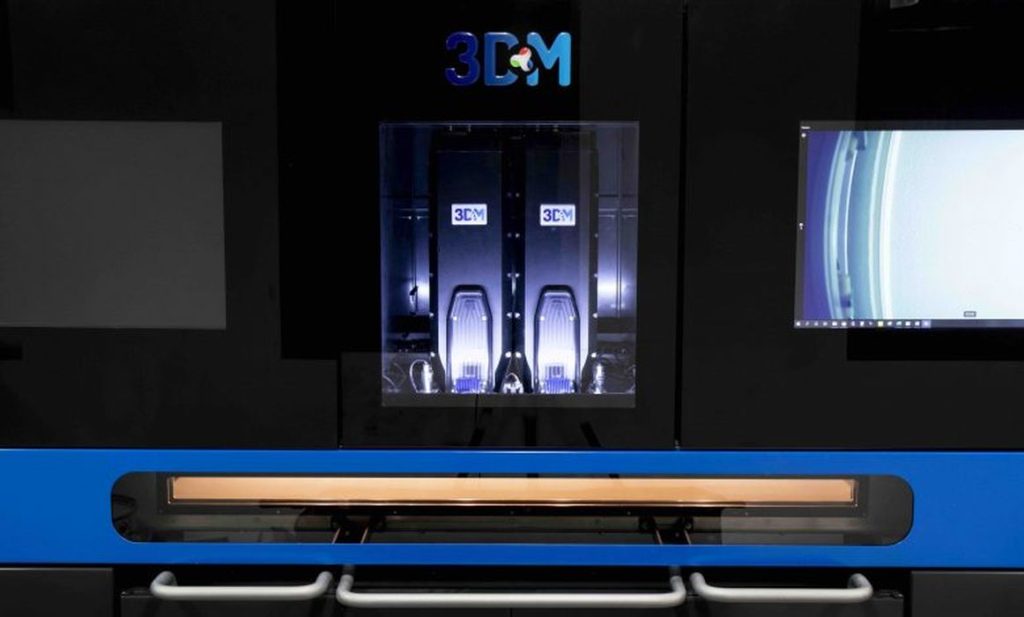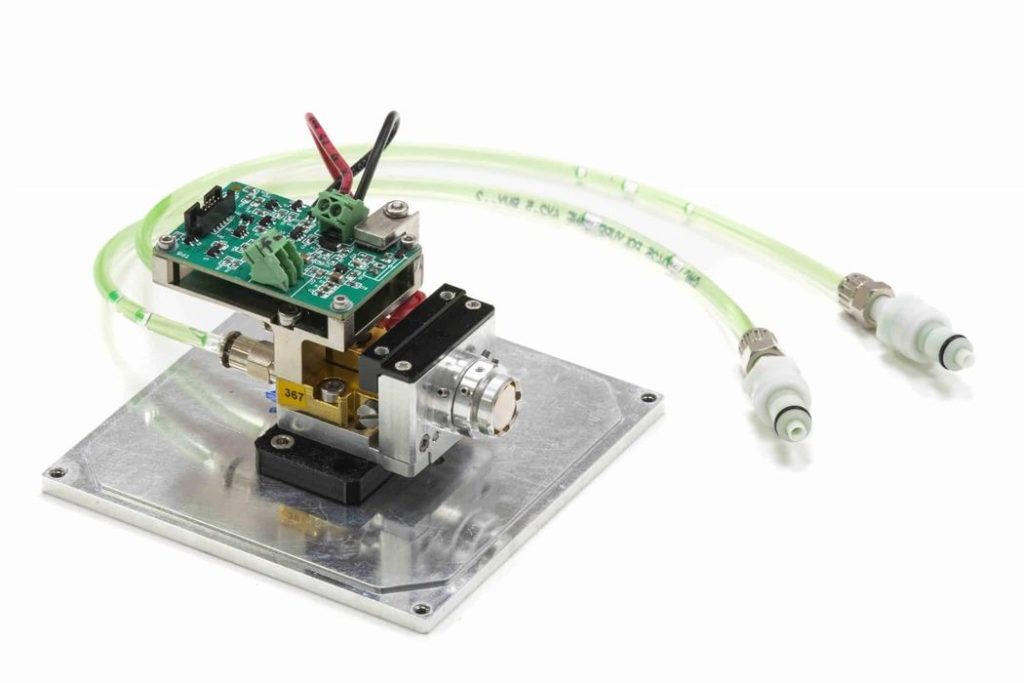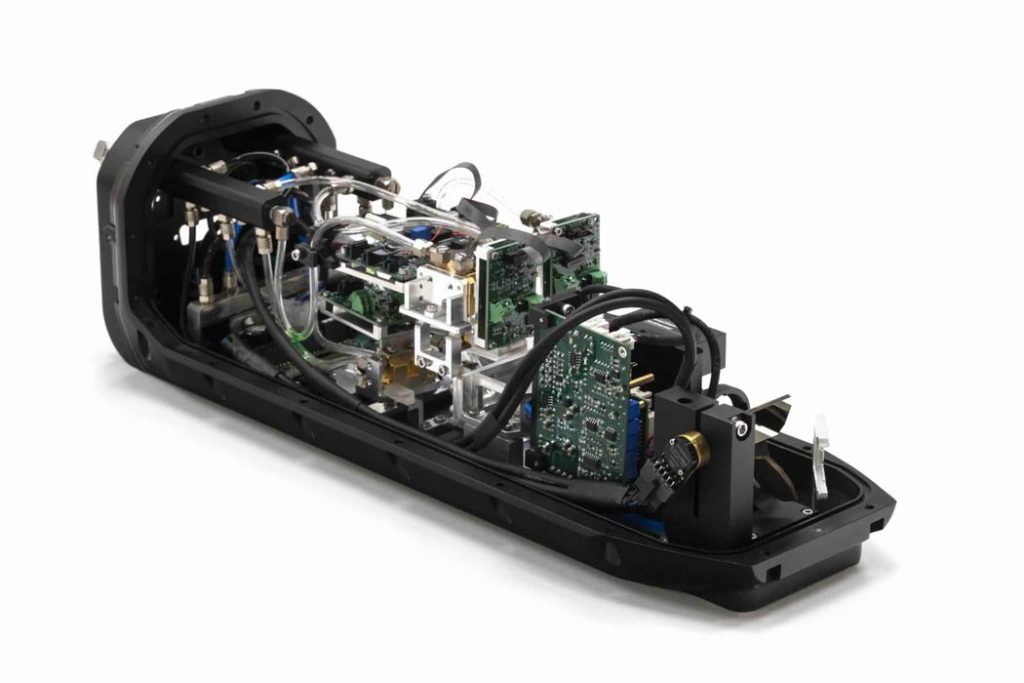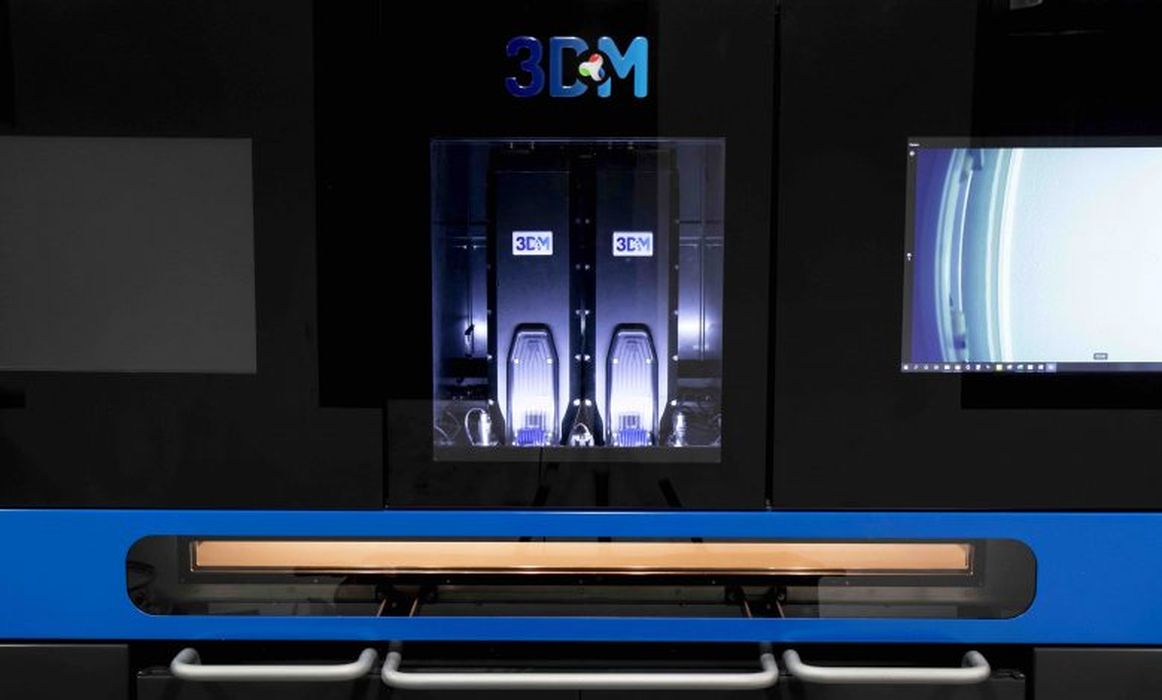
3DM’s unique approach to polymer L-PBF 3D printing enables users to adapt the laser’s frequency to each and every material, promising faster, higher quality parts.
3DM is an Israeli startup, founded in 2016 and trading on the Tel Aviv Stock Exchange since 2021. The company has just emerged from stealth and it is now ready to scale by offering something truly unique in the SLS – or polymer L-PBF, to be precise – global landscape: a quantum cascade laser (QCL) technology that can deliver industrial-grade printing quality, with any thermoplastic material, at a significantly lower printing cost compared to existing technologies.
While higher quality and lower costs may sound like something that many companies promise in 3D printing, 3DM can leverage a unique knowledge of laser properties in order to deliver the ability to adapt the laser to the material by modifying the laser frequency to exactly fit a specific material’s melting properties (this is why the company prefers to refer to this process as “melting” rather than “sintering”) rather than many other, far less influential, parameters. The technology was developed by Daniel Majer, 3DM’s founder, and CTO, who holds a Ph.D. degree in physics from the Weizmann Institute of Science in Israel. Daniel has an almost all-encompassing experience with lasers – in both designing and developing lasers, as well as in the production processes – and has led companies in the field for the last 30 years.
The patented technology enabling the company to do this is found within the in-house-developed, state-of-the-art SLS printheads – which are based on a parallel laser beam approach that accelerates printing speed and throughput while increasing printing resolution and mechanical strength (mostly on the Z-axis). Seeing the stylish and futuristic design of the 3DM printheads helps to convey that these are not just new lasers but represent an entirely new approach to laser-based polymer 3D printing, and have the potential to shape the AM industry for years to come.

As all laser-based polymer PBF technologies need to face increased competition from high throughput thermal PBF technologies, the ability to proficiently use a much wider selection of materials is going to become the key selling point. This is what 3DM can offer, adapting to the requirements of machines of any cost and grade.
At The Laser’s Origin
3DM’s lasers are manufactured in dedicated FABs, on wafers, based on semiconductors manufacturing processes. Once the lasers have been created, each is diced into many laser components, after which each component is carefully checked and tested, and assembled on a cooling apparatus alongside a collimating lens and a driver. Once assembled, these components form a ‘laser module’.

In terms of scalability – many beamheads can be aggregated to form a print head that is potentially the size of any scanning area.
Four different QCL laser modules are assembled into one case, together with other optic elements that combine all the lasers into one high-quality, high-power beam – AKA the beamhead (seen in this image) that generates a melting laser spot on the powder.
There are other optic elements in the beamhead for focus, scanning, and unifying all the laser beams. Four of them together are positioned on the plate with cameras used for the stitching mechanism. 3DM can control where each laser and each beam start and end, via a specially designed algorithm. “It’s a high-power semiconductor laser, that’s small and economical,” Ido explains. “We now use between one and four lasers, but it would not be that far-fetched to integrate up to 8 QCL lasers in the beamhead to make it even stronger.
“There are many other technical advantages in this approach,” Ido continues. “[These include] the optimal wavelength of our beam, which is shorter, as well as the spot size, which is roughly half the size of a traditional SLS laser. Other key features of 3DM technology include the melting efficiency, the fact that we melt and not only sinter, the scalability, the smaller size of the beamhead compared with CO2 lasers, and the impact that has on our ability to control the heat applied to the powder bed, among several others,” Ido tells 3dpbm. All these features result in better surface finish and higher details as well as the ability to produce parts that are isotropic, which means they have better mechanical properties than industry standard parts. Finally, while the QCL lasers are less powerful, they can be more efficient than CO2 lasers, which can result in the ability to print faster, even on more cost-effective materials such as polypropylene, making this technology better suited for production applications.
Read the rest of this story at 3DPMN

